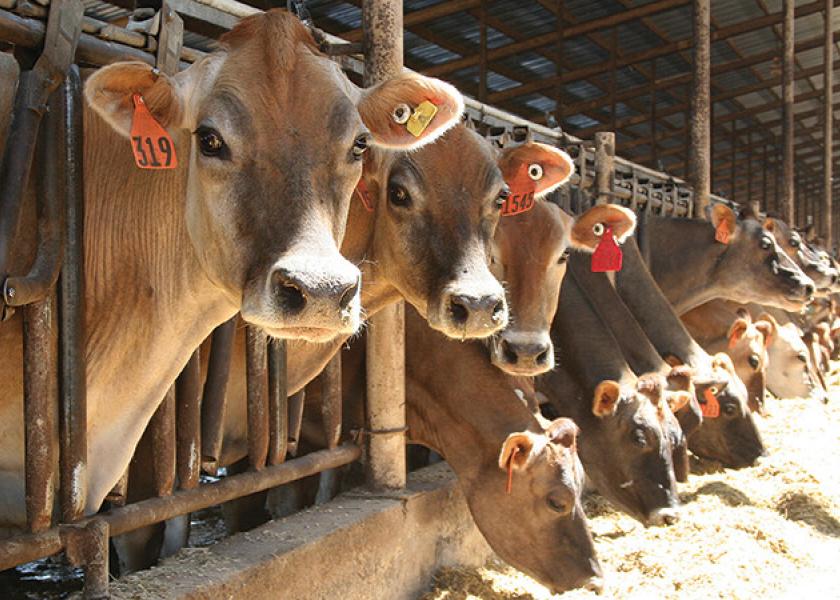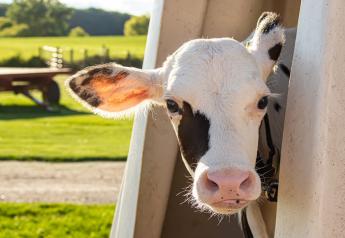June U.S. Milk Production Report Reflects Poor Performance

With 18.1 billion lbs. of milk, the June 2023 USDA Milk Production report was nearly unchanged from the previous year. Although production per cow in the 24 major states increased by 1 lb. per cow. Total cow numbers reported 9.408 million head, 5,000 less than last year and 16,000 below last month. The massive barn fire in Texas two months ago is reflected in the state’s production and cows.
Leading states included South Dakota, which once again showcased growth, increasing 24 million lbs. with 13,000 more cows. On the other hand, New Mexico dropped 42 million lbs. with 14,000 fewer cows.
Top Six States
Production and number of cows in the top six states are:
| State | Production | Change | Cows | Change |
| California | 3.427 billion | -43 million | 1.718 million | -4,000 |
| Wisconsin | 2.699 billion | +28 million | 1.270 million | -2,000 |
| Idaho | 1.432 billion | +27 million | 669,000 | +14,000 |
| New York | 1.355 billion | +44 million | 630,000 | +7,000 |
| Texas | 1.302 billion | -69 million | 635,000 | -13,000 |
| Michigan | 1.005 billion | +31 million | 436,000 | +9,000 |
The USDA’s Livestock Slaughter Report illustrated 255,700 cows culled last month, 6,600 more than in May and 22,700 more than last June.
Phil Plourd, president of Ever.Ag Insights, shares that the drop in Texas was a big deal.
“Lots of people, including ourselves, have been wondering when we would see a pronounced retreat in milk production,” Plourd says. “Well, here we are. Combine miserable weather in key growth areas such as Texas with shrinking farm margins and you get a Milk Production report showing the worst performance that we’ve seen in a while.”
Plourd says the May-to-June decline in milk-per-cow per day was about 3x bigger than the 10-year average.
“Production was also down 5% when compared to June 2022, the first year-over-year decline in the Lone Star State since February 2016. Beyond that, the 16,000 month-to-month decline in cow numbers almost certainly reflects reaction to deteriorating margins,” he says.







